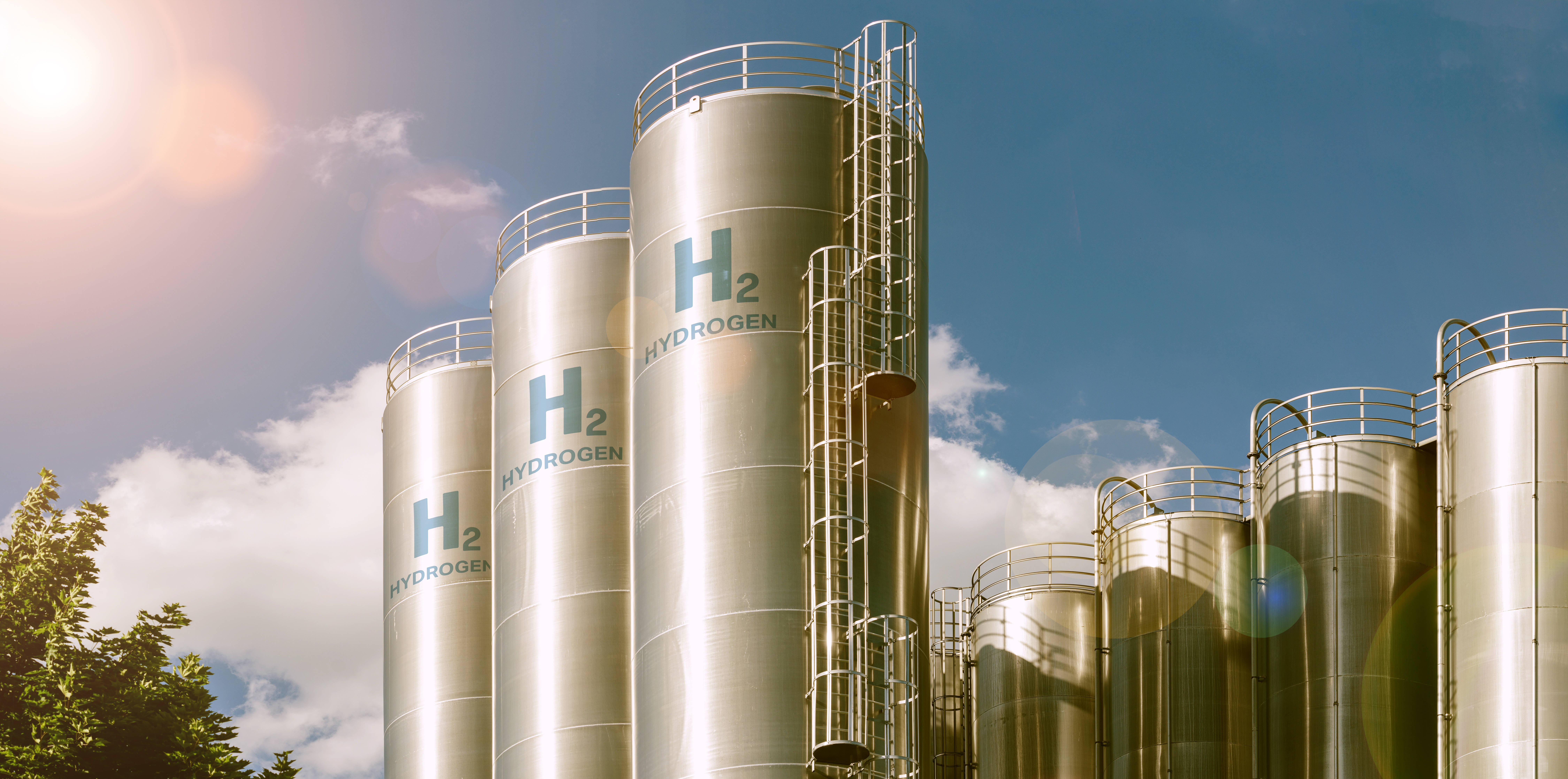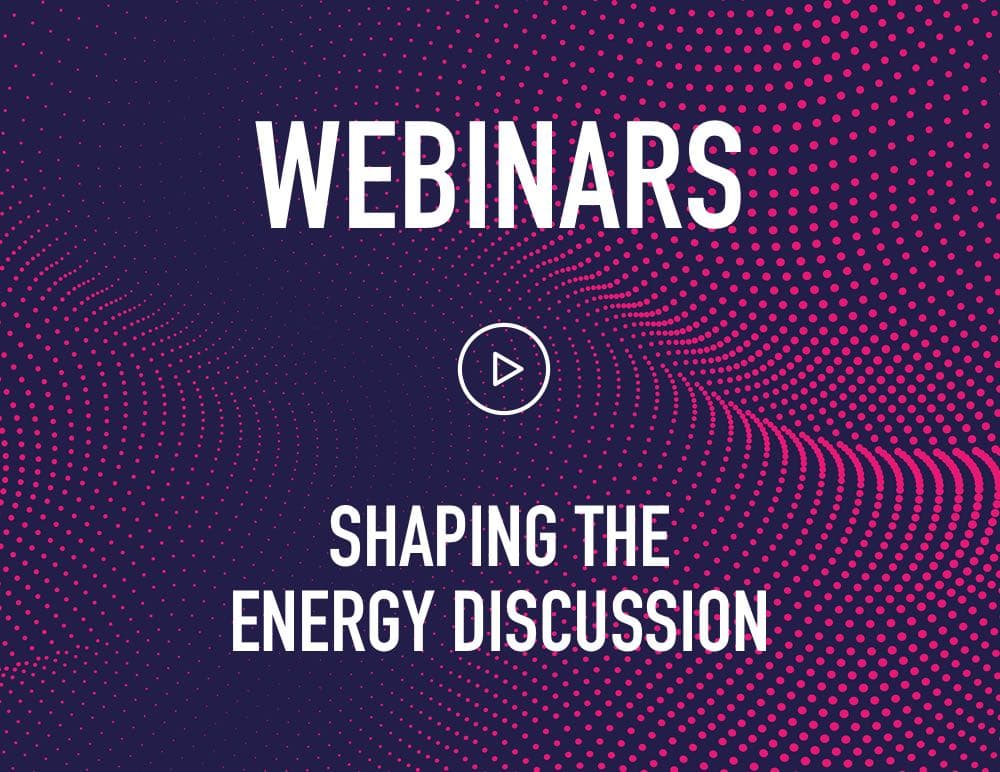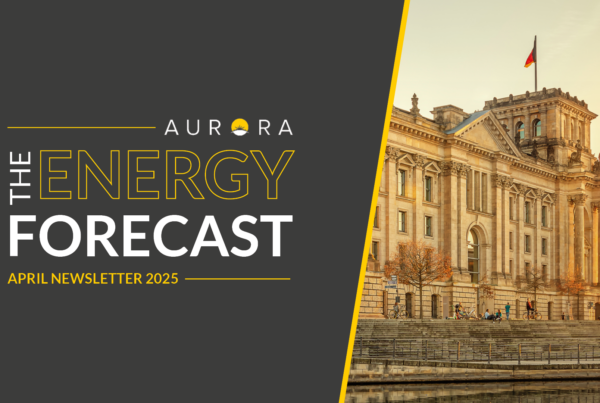
Hydrogen stands at the center of Europe’s energy transition strategy, but a significant shift from today’s grey hydrogen to renewable alternatives requires substantial market development. Our recent webinar “Short-term hydrogen demand: Who is buying renewable hydrogen?” goes into detailed market analysis examining the cost barriers, policy frameworks, and sector-specific adoption patterns shaping the European hydrogen economy.
The webinar touched on the “missing money” problem—analysing the gap between renewable hydrogen production costs and different sectors’ willingness to pay—while examining how policy mechanisms like mandates, penalties, and subsidies can bridge this divide. We provide quantitative analysis of demand scenarios across four key European markets (Germany, Spain, Sweden, and Great Britain) with projections through 2035.
Key Insights:
- Current hydrogen demand is primarily in industrial feedstock applications (refineries, ammonia, methanol), but renewable hydrogen adoption requires closing a substantial cost gap
- Early adopters of renewable hydrogen include existing feedstock sectors, e-fuels for aviation and maritime transport, and green steel production
- Policy mechanisms are essential—the subsidy gap could reach up to ~€6/kg H₂ depending on sector and country
- Hydrogen demand across Europe is projected to increase six-fold by 2060, with approximately 30% met through domestic electrolytic production
We examine which sectors will drive near-term demand growth, what policy support is necessary, and how different European markets are positioned to lead the transition.
Get the complete picture by downloading our webinar slides, or contact Bea Dunlop to learn more about Aurora’s European Hydrogen Market Service.






